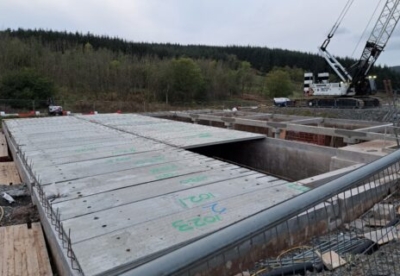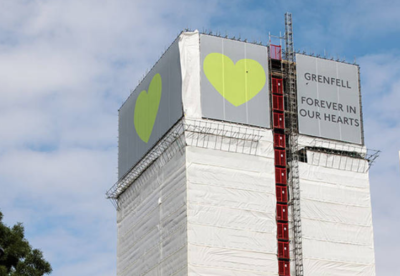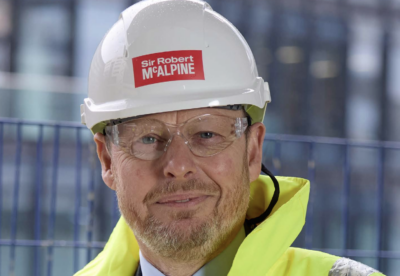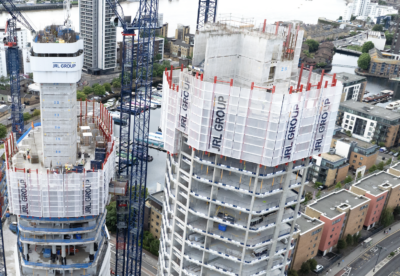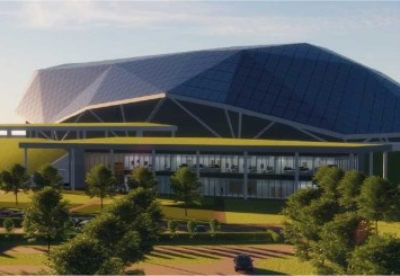Nuclear Waste Services, which manages the disposal of the UK’s low-level radioactive waste, commissioned the important work on the final capping of disposal trenches and vaults used through the sixties to the late eighties.
Graham starts work this month on the Southern Trenches Interim Membrane – STIM -project with major works commencing in February 2025.
The final project for the site builds on design, planning and preparatory work at the Drigg site spanning nearly a decade.
The job involves installing a protective cover over the legacy disposal trenches up to 10m thick. It will also include placing other construction materials to progress towards the final cap.
Alastair Lewis, Graham contracts director said: “This is the largest nuclear project to date for the business and will continue on from previous works undertaken during the Low Level Waste Repository Scheme.”
The NWS has completed the design of the final cap, the extensive enabling works and the rail transport arrangements that are necessary for procuring, importing and emplacing thousands of tonnes of materials.
Jonathan Evans, repository site programmes director for NWS, said: “Placing the engineered cap over the legacy radioactive waste disposal facilities at the UK’s Low Level Waste Repository is a first of its kind activity for the UK.
Disposal of low level radioactive waste at the repository began in 1959 with waste being placed in lined trenches at the site, which is located near the village of Drigg in West Cumbria.
Disposal techniques evolved during the late 1980s and early 1990s, which resulted in the construction of highly engineered concrete vaults for future disposals.









.gif)
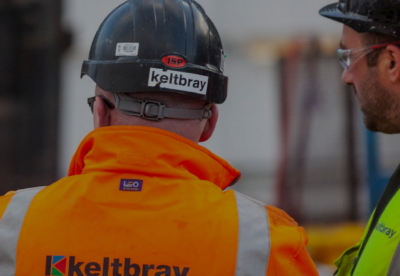
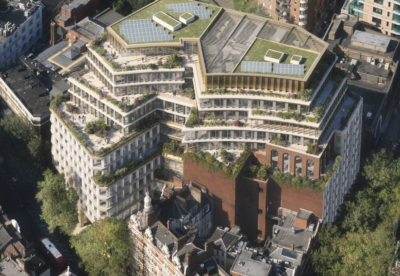


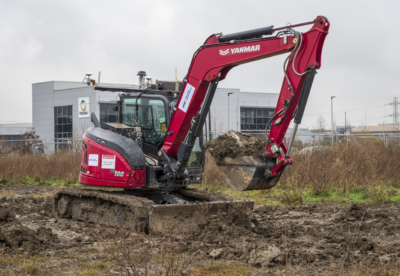




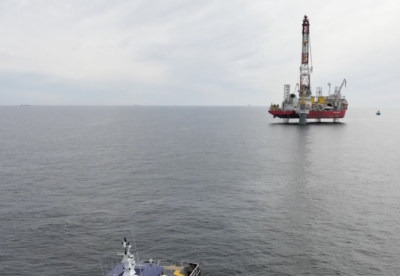
 (300 x 250 px).jpg)
